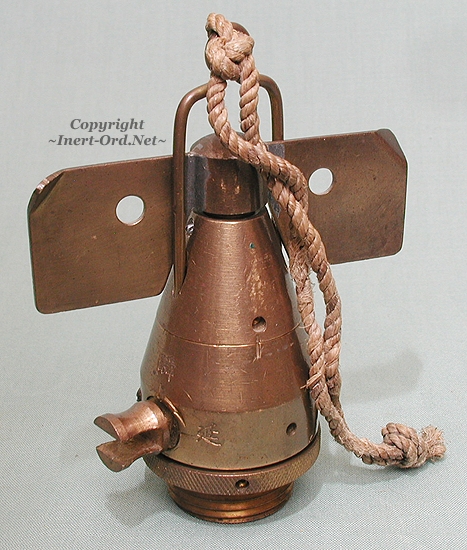

When dropped, an arming wire is withdrawn and the vanes turn, arming the bomb after six revolutions. The wind vane departs after about twelve revolutions.
What remaines is a simple impact striker, retained by a shear wire and creep spring. On impact the striker is forced inward, cutting the wire, compressing the creep spring and piercing the primer.
The primer fires and initiates a delay element. In parallel to that is a moveable flash port that bypasses the delay, if rotated into position via a selctor knob.
The selector knob is manipulated via a telescoping mechanical arm mechanism controlled from the cockpit of the aircraft.
There is a knurled jam nut at the base to allow the fuze to be rotated relative to the bomb for correct alignment of the selector and the forked end of the mechanical arm.


